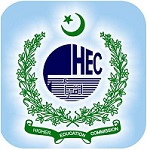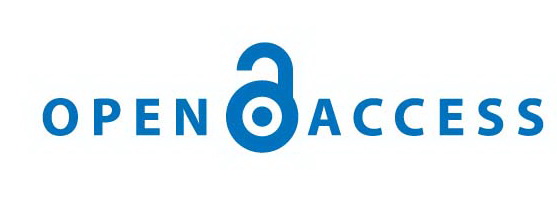Review of Components from Frameworks and Models for DGBL for History Based Courses
Abstract
Playing a game is an essential factor that leads towards human development and then learning. Usually, it can be seen that children can spend hours in playing different non computer based games like hide and seek, board games, such as chess, Ludo, checkers and keep them engaged in their plays. These games not only keep them busy but also improvise their creative thinking and learning ability. When children play, it can be witnessed that they also learn while play. In this way, play can be related to learning, enhancing children’s cognitive and emotional development through social and cultural context. Digital Game Based Learning (DGBL) can also be useful as a supportive choice for traditional class lectures. The intent of DGBL is to incorporating new methods to existing instructional way and at also simultaneously, empower learners to gain skills and capabilities that may be beneficial in future endeavors. This paper explores the existing frameworks and models that are being used for the development of games for the classroom and identifies the 13 components that can be used for the development of history based games.
Copyright (c) 2020 University of Sindh, Jamshoro

This work is licensed under a Creative Commons Attribution-NoDerivatives 4.0 International License.
University of Sindh Journal of Information and Communication Technology (USJICT) follows an Open Access Policy under Attribution-NonCommercial CC-BY-NC license. Researchers can copy and redistribute the material in any medium or format, for any purpose. Authors can self-archive publisher's version of the accepted article in digital repositories and archives.
Upon acceptance, the author must transfer the copyright of this manuscript to the Journal for publication on paper, on data storage media and online with distribution rights to USJICT, University of sindh, Jamshoro, Pakistan. Kindly download the copyright for below and attach as a supplimentry file during article submission












